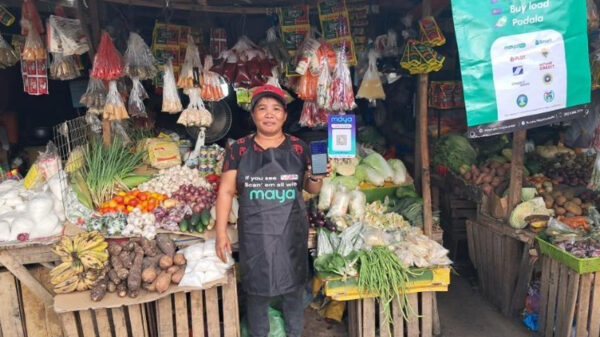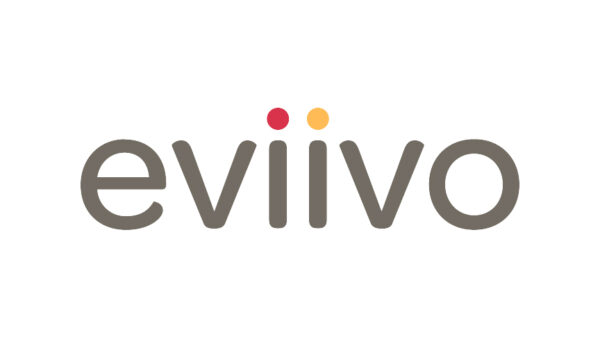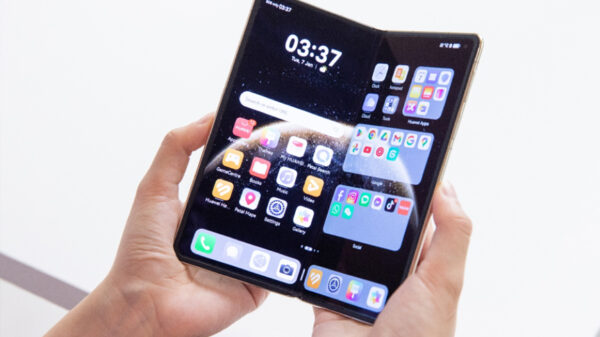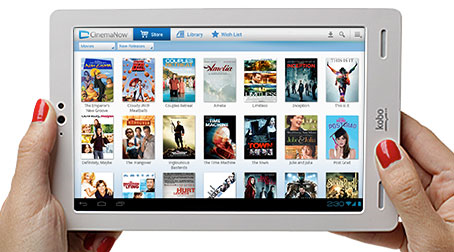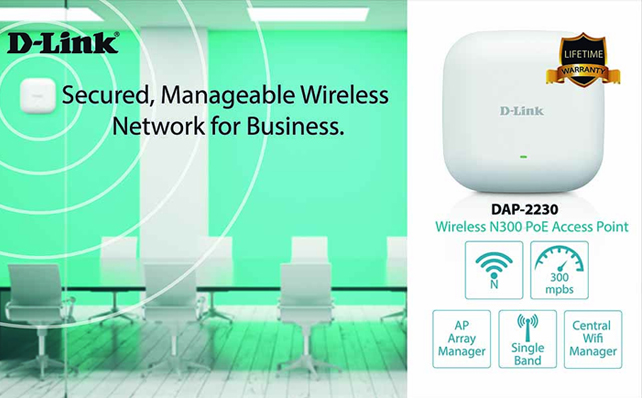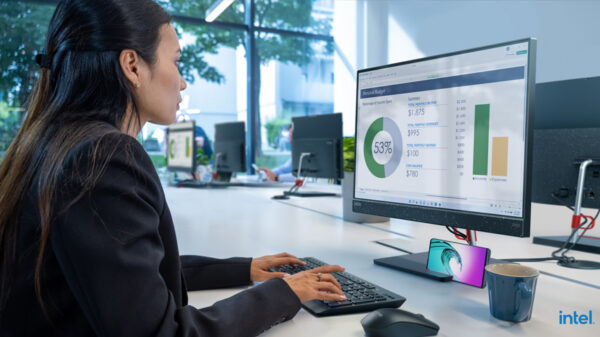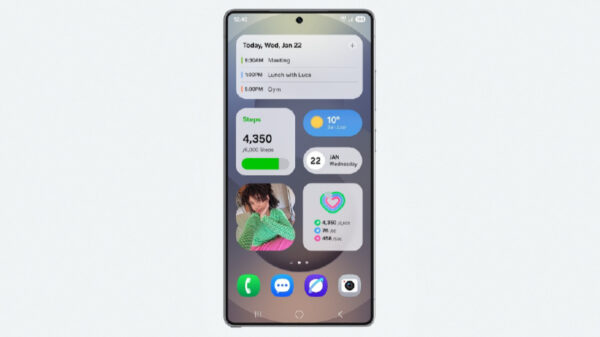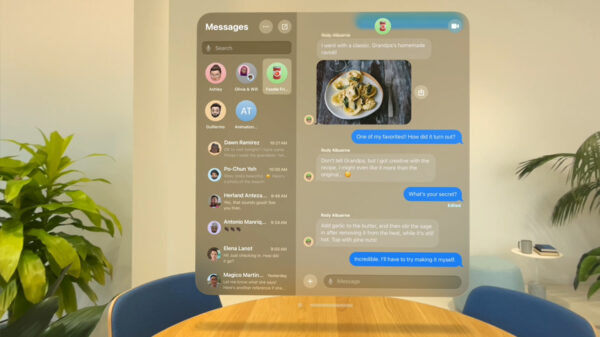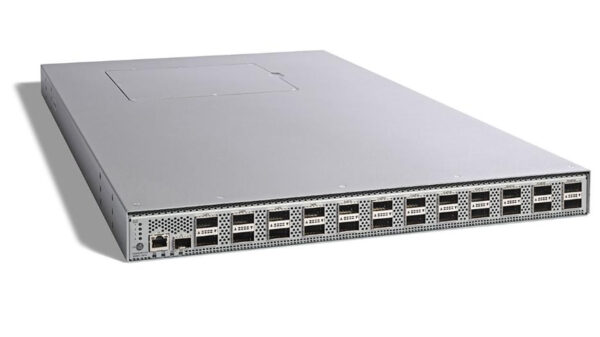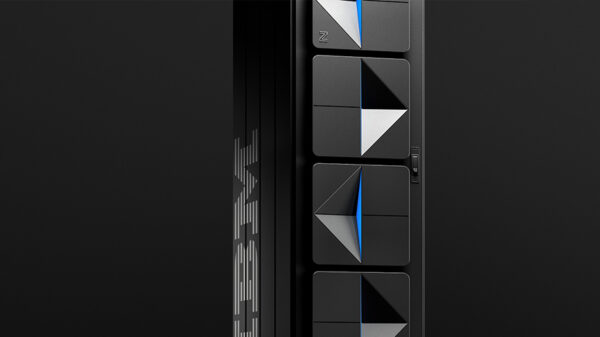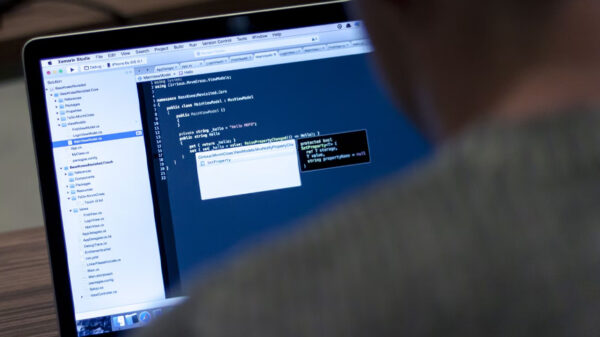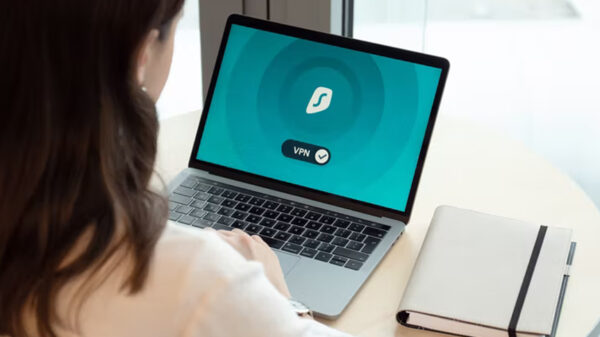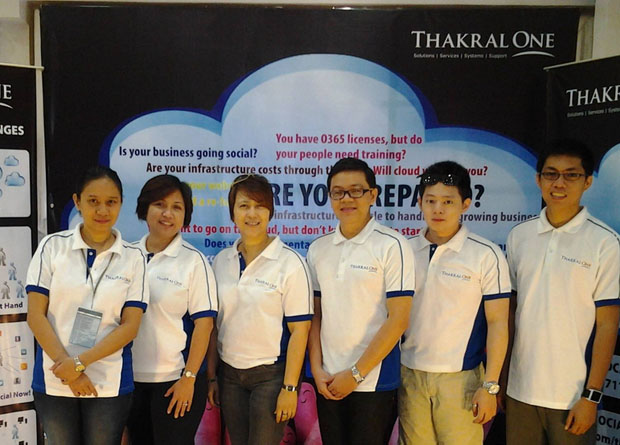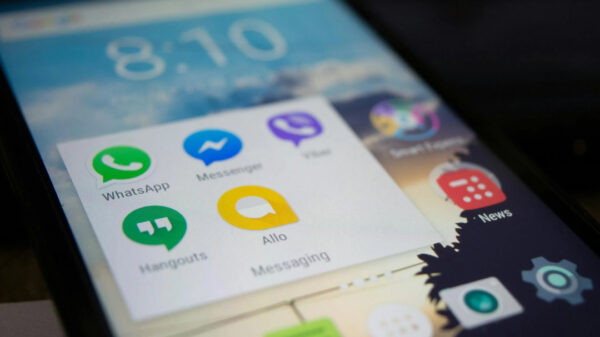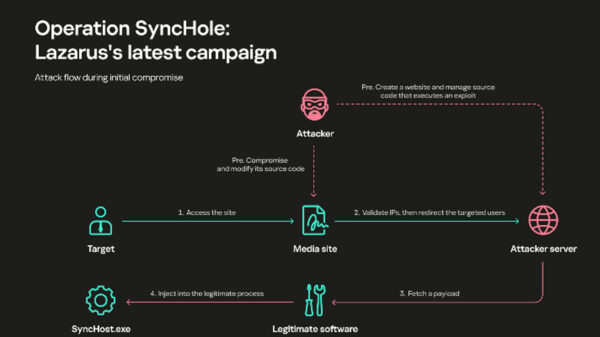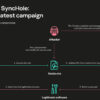 In a recent survey, 70% of tablet owners and 53% of smartphone/mobile phone owners stated that they use public Wi-Fi hotspots.
In a recent survey, 70% of tablet owners and 53% of smartphone/mobile phone owners stated that they use public Wi-Fi hotspots.
However, because data sent through public Wi-Fi can easily be intercepted, many mobile device and laptop users are risking the security of their personal information, digital identity and money.
And if a device or computer is not protected by an effective security and anti-malware product, the risks are even greater.
Wireless Security tips — to help keep you safe on public Wi-Fi
With coffee shops, hotels, shopping malls, airports and many other locations offering their customers free access to public Wi-Fi, it’s a convenient way to check your emails, catch up on social networking or surf the web when you’re out and about.
But cybercriminals will often spy on public Wi-Fi networks and intercept data that is transferred across the link. By doing so, the criminal can access users’ banking credentials, account passwords and other valuable information.
Here are some useful tips from Kaspersky Lab’s team of Internet security experts:
* Be aware
Public Wi-Fi is inherently insecure — so be cautious.
* Remember — any device could be at risk
Laptops, smartphones and tablets are all susceptible to the wireless security risks.
* Treat all Wi-Fi links with suspicion
Don’t just assume that the Wi-Fi link is legitimate. It could be a bogus link that has been set up by a cybercriminal that is trying to capture valuable, personal information from unsuspecting users. Question everything — and don’t connect to an unknown or unrecognized wireless access point.
* Try to verify the legitimacy of a wireless connection
Some bogus links — that have been set up by malicious users — will have a connection name that’s deliberately similar to the coffee shop, hotel or venue that’s offering free Wi-Fi. If you can speak with an employee at the location that’s providing the public Wi-Fi connection, ask for information about their legitimate Wi-Fi access point — such as the connection’s name and IP address.
* Use a VPN (virtual private network)
By using a VPN when you connect to a public Wi-Fi network, you’ll effectively be using a ‘private tunnel’ that encrypts all of your data that passes through the network. This can help prevent cybercriminals — that are lurking on the network — from intercepting your data.
* Avoid using specific types of website
It’s a good idea to avoid logging into websites where there’s a chance that cybercriminals could capture your identity, passwords or personal information — such as social networking sites, online banking services or any websites that store your credit card information.
* Consider using your mobile phone
If you need to access any websites that store or require the input of any sensitive information — including social networking, online shopping and online banking sites — it may be worthwhile accessing them via your mobile phone network, instead of the public Wi-Fi connection.
* Protect your device against cyberattacks
Make sure all of your devices are protected by a rigorous anti-malware and security solution — and ensure that it’s updated as regularly as possible.



